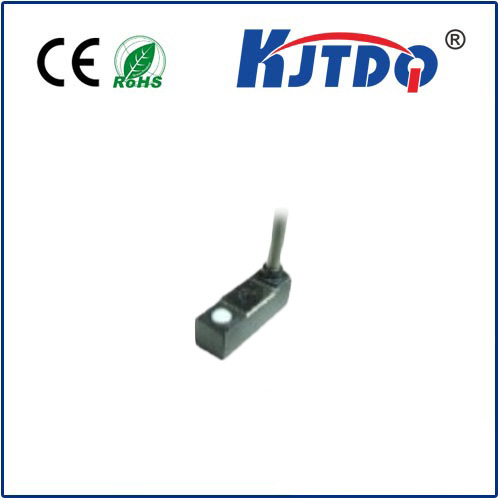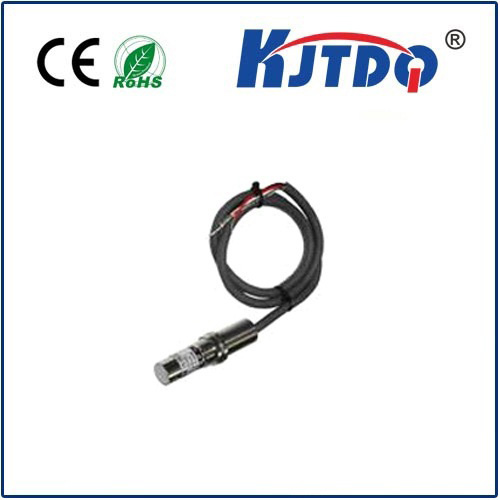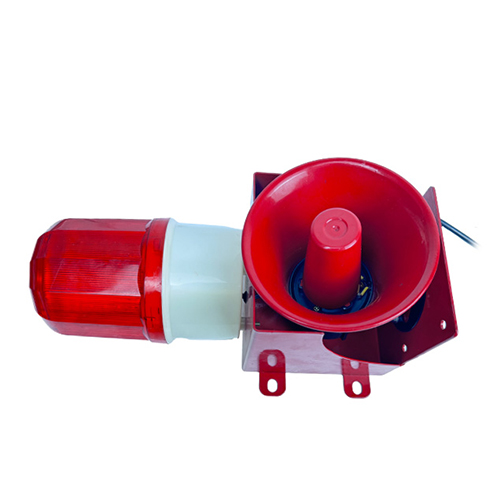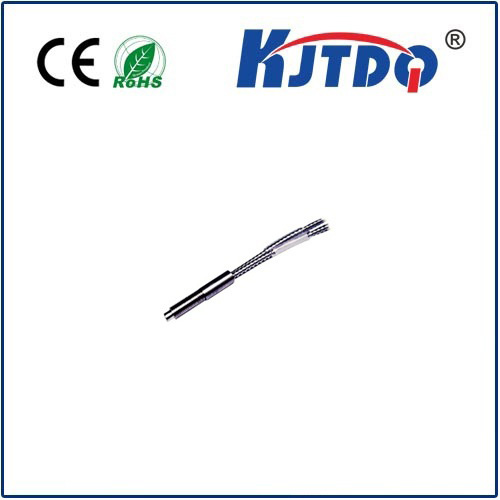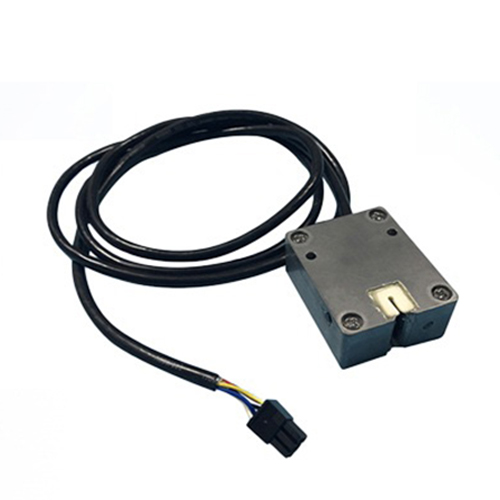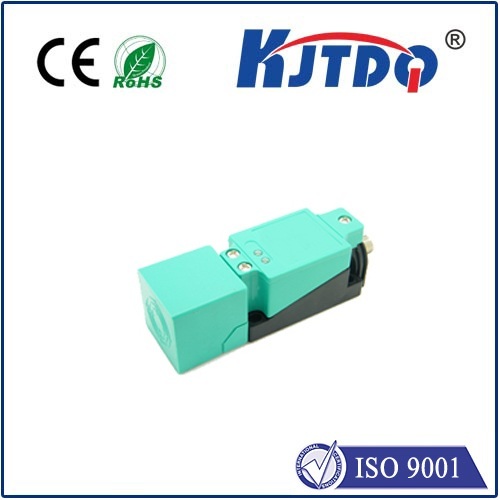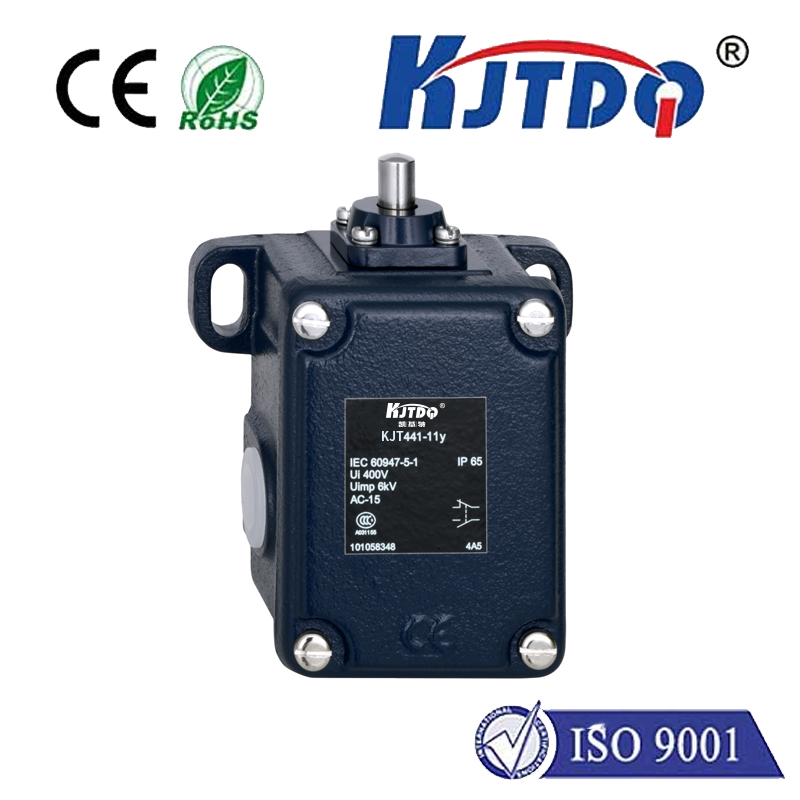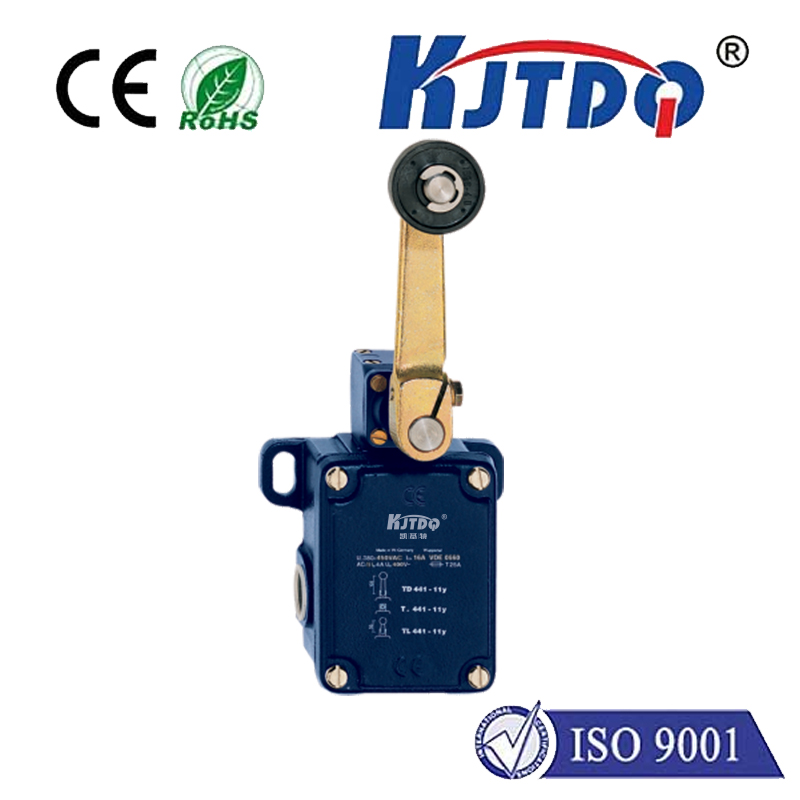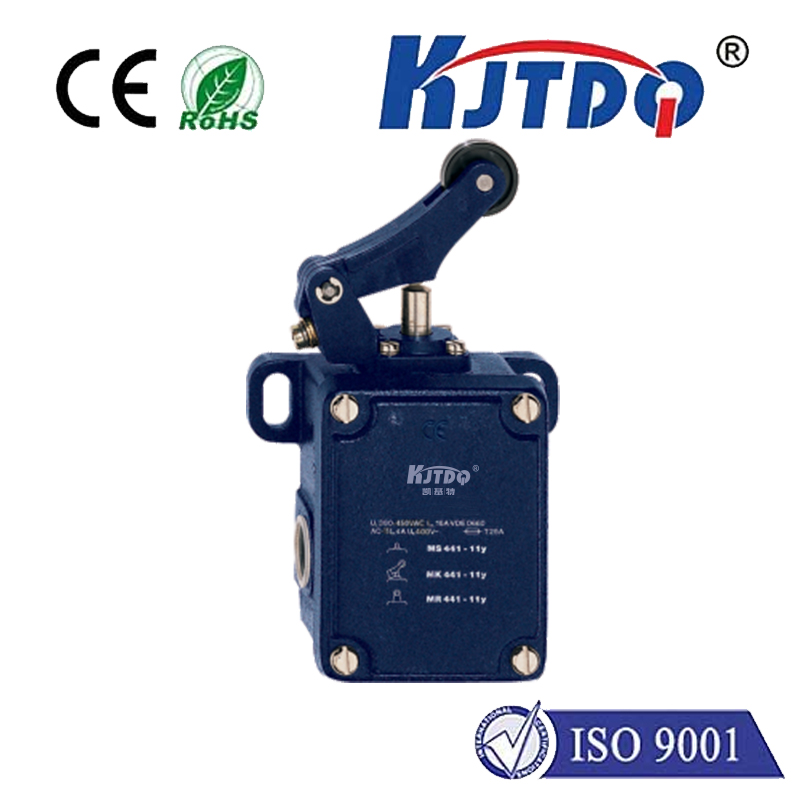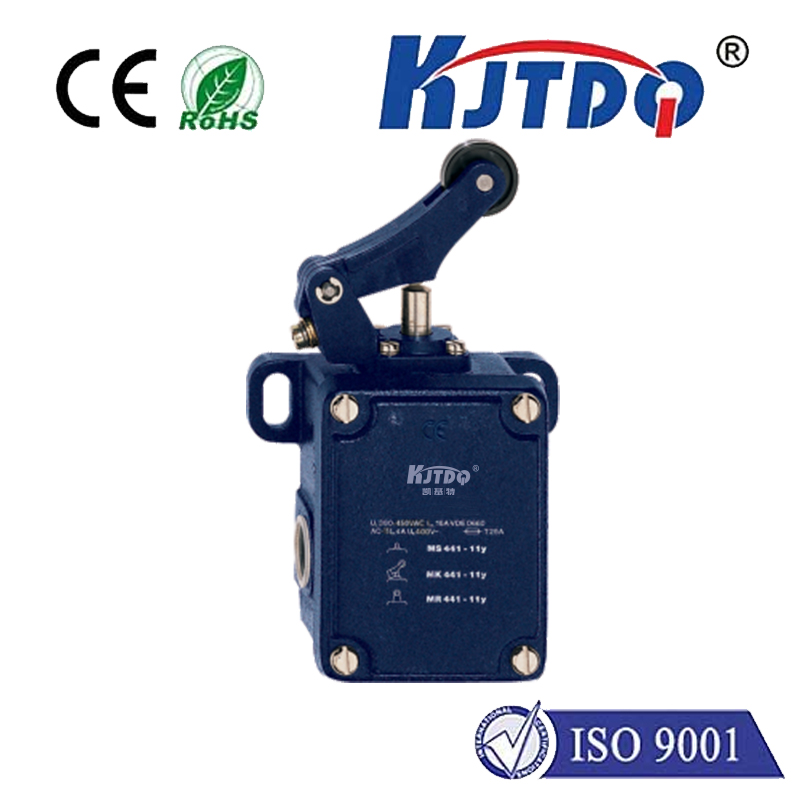inductive safety sensor
- time:2025-06-13 01:12:21
- Click:0
Inductive Safety Sensors: The Invisible Guardians of Industrial Automation
Imagine a high-speed robotic arm swinging with immense force, a hydraulic press descending with crushing power, or a conveyor belt transporting heavy materials at breakneck speed. Now imagine what happens if a worker accidentally reaches into that danger zone. This is where inductive safety sensors step in – silent, vigilant sentinels protecting personnel and equipment from catastrophic harm in the heart of modern industry. Their role is paramount, offering robust, non-contact detection that is fundamental to creating genuinely safe automated environments.
What Exactly Are Inductive Safety Sensors?
At their core, inductive safety sensors operate on the same fundamental electromagnetic principles as standard inductive proximity sensors. They generate an oscillating electromagnetic field. When a ferrous or non-ferrous metal target enters this field, it induces small eddy currents within the target. These currents alter the characteristics of the sensor’s internal oscillation circuit.
The crucial distinction lies in the safety integrity built into the device. Unlike standard sensors used for process control, inductive safety sensors are engineered and certified according to stringent international safety standards (like IEC 60947-5-3, IEC 62061, ISO 13849). This means they incorporate sophisticated internal monitoring circuits and redundant design features specifically to detect internal faults (such as coil short circuits, wire breaks, component failures) before they lead to a dangerous situation. Their design ensures a fail-safe response: if a fault is detected, the sensor immediately switches its output to the safe state (typically opening the safety circuit).

The Engineered Heart: How They Work for Safety
- Field Generation & Target Detection: Like their standard counterparts, the sensor’s coil generates an electromagnetic field. Presence of a metal target disturbs this field.
- Signal Processing: Internal circuitry detects the change caused by the target.
- The Safety Layer: This is the critical difference. Sophisticated onboard diagnostics continuously monitor key parameters:
- Is the oscillator functioning correctly?
- Are the output stages operating as designed?
- Are there any short circuits or opens in the connecting cables?
- Is the power supply within tolerance?
- Output Control: Based on target presence and the diagnostic results:
- Target Present & No Fault: Output switches to the safe state (e.g., OSSD - Output Signal Switching Device - turns OFF).
- Target Absent & No Fault: Output remains in the run/operational state (e.g., OSSD ON).
- Fault Detected (Any State): Output immediately switches to the safe state (OSSD OFF) and typically sends a diagnostic signal to the safety controller. This built-in self-diagnosis is the cornerstone of their reliability.
Why Choose Inductive Safety Sensors? Key Advantages
- Non-Contact Operation: Eliminates physical wear and tear, significantly enhancing longevity and reliability compared to mechanical safety switches. There’s no physical component to break or jam.
- Extreme Durability: Housed in robust materials (stainless steel, PBT plastics), they are incredibly resistant to dirt, dust, moisture, oils, coolants, and vibrations – thriving in harsh industrial settings where mechanical devices might fail.
- High Switching Frequencies: Capable of very fast response times (<1ms typically), essential for protecting personnel near high-speed machinery.
- Positioning Flexibility: Offering flush or non-flush mounting options allows for precise installation in tight spaces or behind non-metallic barriers.
- Unparalleled Reliability for Safety: The integrated diagnostics and fail-safe design provide the high level of assurance required for Personnel Protection (e.g., guarding access points) and Machine Protection (e.g., position verification) applications. They achieve high Performance Levels (PL) and Safety Integrity Levels (SIL).
- Simplified Installation & Maintenance: Generally easier to install and align than complex mechanical solutions. Diagnostic outputs simplify troubleshooting, reducing downtime.
Critical Applications: Where They Shine
Inductive safety sensors are indispensable in countless scenarios demanding reliable personnel and machine protection:
- Safety Guarding: Monitoring the position of safety doors, hatches, and movable guards on machines. Access is only permitted when the guard is securely closed and latched, verified by the sensor. (Keywords: safety door monitoring, guard position verification)
- Position and Presence Verification: Ensuring clamps are closed, fixtures are locked, tools are correctly positioned, or robots are within a safe zone before a hazardous cycle begins.
- End-of-Arm Tooling (EOT): Confirming that a gripper has securely closed on a part before lifting or moving.
- Material Handling: Verifying the correct position of pallets, carriers, or lifts within automated systems. (Keywords: automated safety systems)
- Presses and Metalforming: Ensuring hands or tools are clear of the dangerous area before the press stroke initiates. (Keywords: machine safety sensor)
- Robotic Cells: Creating virtual safety zones around robots using multiple sensors integrated with safety controllers.
Selecting the Right Inductive Safety Sensor: Key Considerations
Choosing the optimal sensor isn’t just about detection range. Critical factors include:
- Required Safety Level: What Performance Level (PL) or Safety Integrity Level (SIL) is mandated by the risk assessment for the specific application? (e.g., PL d, PL e, SIL2, SIL3). Ensure the sensor’s certification meets or exceeds this.
- Target Material & Size: Different metals (steel, aluminum, brass) and varying sizes affect the nominal sensing distance (Sn). Consult sensor specifications.
- Operating Environment: Consider temperature extremes, potential chemical exposure, IP rating requirements (dust/moisture), and the level of mechanical stress or vibration.
- Mounting Constraints: Flush mount sensors can be installed embedded in metal, while non-flush types offer longer ranges but require clearance around them. Available space dictates the choice.
- Sensing Distance: Choose a sensor with a nominal sensing range (Sn) that provides reliable detection with some margin, considering potential target variations or alignment tolerances.
- Output Configuration: Do you require normally open (NO), normally closed (NC), or OSSD outputs? Ensure compatibility with the connected safety controller or relay.
- Diagnostics & Communication: Assess the need for diagnostic LED indicators or advanced communication capabilities (IO-Link Safety) for enhanced condition monitoring and integration.
The Silent Sentinels: A Foundation of Modern Safety
Inductive safety sensors are far more than simple switches. They are engineered safety devices, representing a critical fusion of robust sensing technology and sophisticated safety engineering. Their non-contact nature, inherent ruggedness, and fail-safe diagnostics make them indispensable for creating intrinsically safe industrial environments. By reliably verifying guard positions, confirming machine states, and detecting personnel presence, these “invisible guardians” form the bedrock upon which the physical safety of operators and the functional integrity of high-performance automated systems depend. Integrating them into safety circuits, designed in accordance with functional safety standards, is fundamental to mitigating risks and fostering a culture of safety in the automated world of today and tomorrow. (Keywords: industrial safety solutions, inductive proximity safety sensor, fail-safe design)






